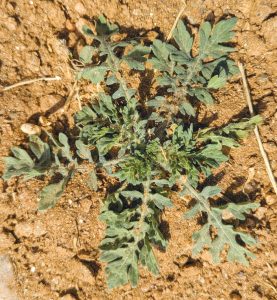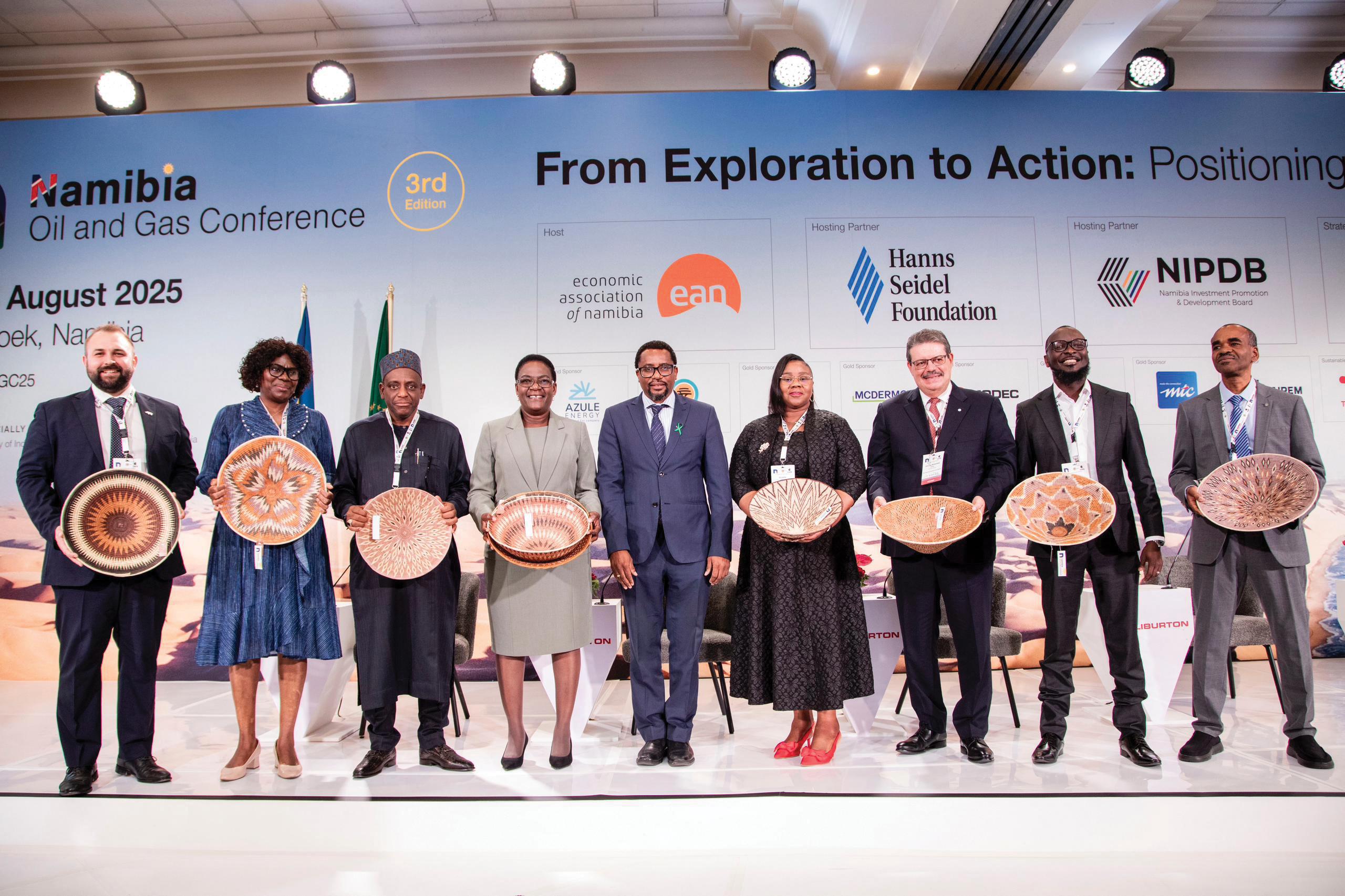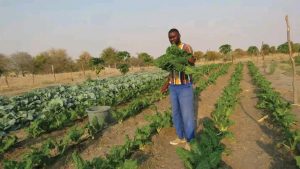
Famine Weed: Namibia’s emerging ecological threat
Famine weed, a fast-spreading invasive plant, threatens Namibia’s ecosystems, farms, livestock and health. Learn how to identify, remove and stop its spread before it’s too

By Maggie Forcelledo Paz
The 3rd Namibia Oil and Gas Conference brought together over 1,000 delegates and over 70 exhibitors to explore opportunities in the country’s emerging energy sector. The event, organised by the Economic Association of Namibia (EAN) in partnership with the Namibia Investment Promotion and Development Board (NIPDB), Hanns Seidel Foundation and the National Petroleum Corporation of Namibia (NAMCOR), with the support of the Ministry of Industries, Mines and Energy, was held under the theme “From Exploration to Action: Positioning Namibia as the Next Energy Frontier”.
The conference opened with a focus on youth empowerment through the Future Generations Masterclass, held in collaboration with the Namibia Youth Energy Forum, engaging over 60 young professionals and offering insights into careers, industry opportunities and direct interaction with experienced practitioners, reflecting a growing enthusiasm among Namibia’s youth to participate in the country’s emerging oil and gas sector.
Namibia’s recent offshore discoveries are estimated to hold 11 billion barrels of oil and 2.2 trillion cubic feet of natural gas. This positions the country as a potential major player in the global energy sector. “If managed well, these resources can be a key enabler for industrialisation, infrastructure growth, skills development and poverty eradication in the region,” said Natangwe Ithete, the country’s deputy prime minister and Minister of Industries, Mines and Energy.
Acting managing director of NAMCOR, Victoria Sibeya, emphasised the need for Namibia, together with its investment partners, to ensure that the country’s oil and gas resources are developed responsibly and sustainably, with a focus on delivering long-term benefits for the entire nation.
Sibeya noted that onshore activities were advancing, with drilling underway at PEL 73 in the Okavango sub-basin, where ReconAfrica and BW Energy are operating the Kavango West 1X well. In PEL 93 of the Owambo basin, Monitor Exploration’s 2024 seismic campaign expanded onshore 2D seismic coverage to 6,400 line-kilometres. “These datasets, combined with geochemical and stratigraphic well results, are refining our petroleum system models and opening new chapters for Namibia’s onshore exploration story,” she added.
Mohamed Hamel, secretary-general of the Gas Exporting Countries Forum (GECF), said that with 20 member countries from Africa, Latin America, the Middle East and Eurasia, the GECF represents over 70% of the world’s proven gas reserves and half of global gas exports.
“Nine of these member countries are from Africa. In fact, the three most recent countries to join the forum – Mauritania, Mozambique and Senegal – are all new African LNG exporters. I have no doubt that Namibia will soon join this family of natural gas exporters,” he said.
The GECF is an intergovernmental organisation that unites the world’s leading gas-producing nations to foster cooperation, promote energy dialogue and market stability, as well as to uphold the sovereign rights of countries over their natural gas resources.
Namibia’s emerging oil and gas sector has the potential to contribute up to N$7.7 billion annually in government revenue through royalties and taxes – a development expected to significantly transform the nation’s economy. The government has pledged to ensure that these revenues directly benefit the Namibian people, committing to channel funds into education, energy, infrastructure, and job creation.
Ithete emphasised that oil and gas income will not be mismanaged, but rather invested in building schools, powering homes and supporting the country’s renewable energy transition. Central to this vision is the principle of local content, with Namibian businesses and skills set to play a key role in driving value creation within the industry.
“It is my firm conviction that Namibia is building a strong foundation for its oil and gas industry,” said Jason Kasuto, the chairperson of the EAN and managing director at Monasa Advisory & Associates. “Although progress on key policy, regulatory, incentive and infrastructure requirements may sometimes seem slow, the country is laying the roots for eventual accelerated, sustainable and inclusive growth in the sector.”
This year’s conference also reflected the sector’s growing momentum in attendance and industry participation. Registrations rose from 885 delegates in 2024 to 1,161 in 2025, while the number of exhibitors nearly doubled from 39 to 73. Additionally, sponsors increased from 27 to 36. New additions to the conference included a dedicated exhibition marquee for greater participation from both local and international companies, and a three-day business matching platform, culminating on the final day with a session connecting investors with companies interested in the country’s oil and gas sector.

Famine weed, a fast-spreading invasive plant, threatens Namibia’s ecosystems, farms, livestock and health. Learn how to identify, remove and stop its spread before it’s too

Namibia relaunches the RightStart Early Childhood Development Programme to boost early learning, child nutrition, birth registration and family support, ensuring every child has the right

Namibian artist Fillipus Sheehama transforms found objects into powerful mixed-media works that explore inequality, culture and memory. Discover his art and teaching in Windhoek.

From journalist to full-time farmer, Ileni Nandjato turned his passion for agriculture into a thriving business in Oshana, Namibia – growing crops, raising livestock and